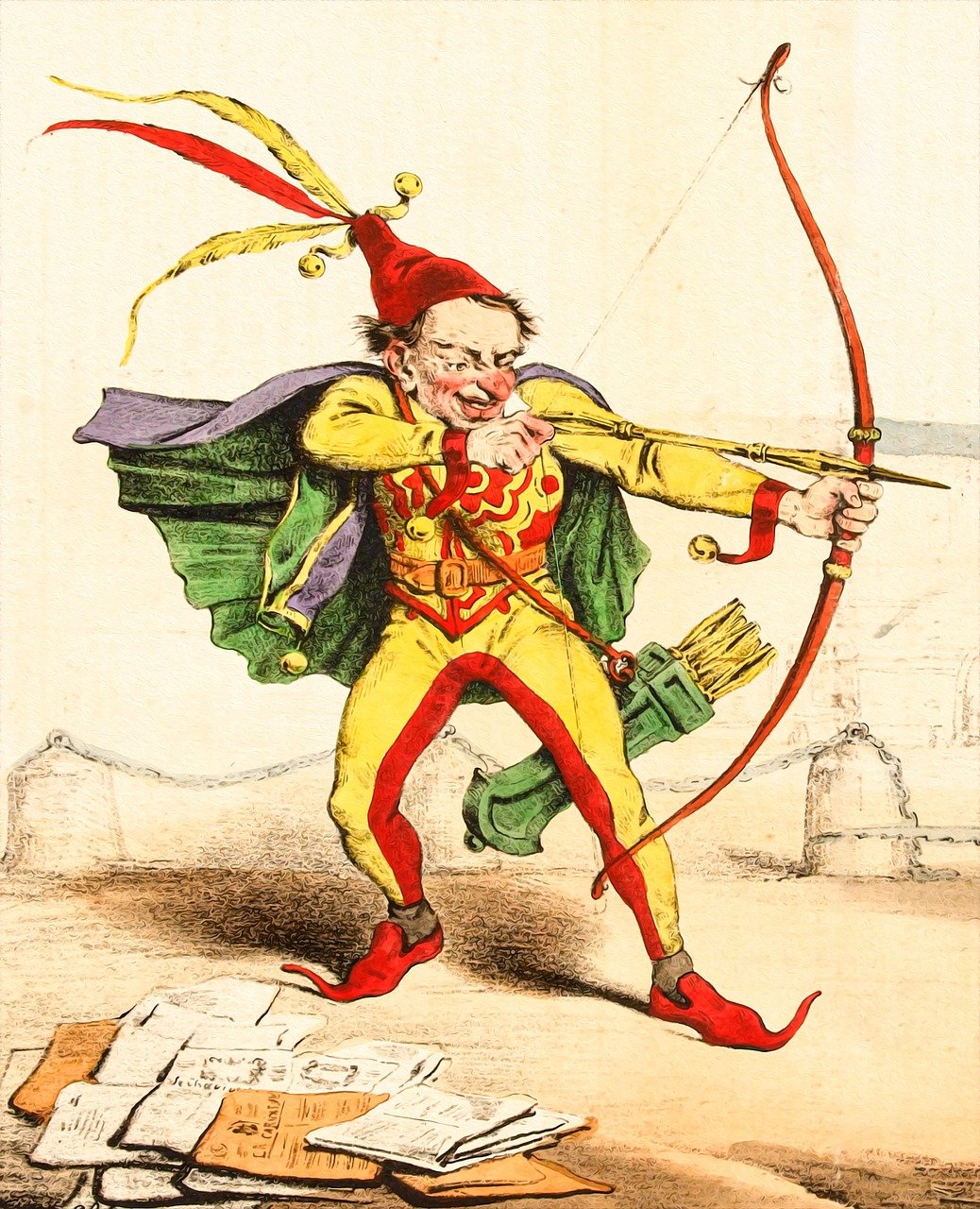Painful stories happen to all of us. A marriage or relationship goes sour. A job…

Accepting the gifts of grief
When we lose a job or a relationship, we often get to work on getting a new one. Time to dust off that resume and spice up that online dating profile! When we lose more irreplaceable gifts, like our health or a loved one, as we did during the pandemic, we often try to focus on gratitude. While there’s nothing wrong with either of these choices, there’s a critical path we often gloss over: The five stages of grief. Because, frankly, grief hurts like hell. But so does carrying around a broken heart. Accepting the gifts of grief is about finding the courage to face our pain and opening a path to more purpose and meaning in our lives.
A natural and necessary response
If a surgeon sews up a wound without cleaning it, the scar gets infected and causes even deeper problems. That’s what happens when we don’t address our emotional wounds.
We bury that toxic energy inside but it does not magically melt away. When it bubbles up, we stuff it down with drugs, food, alcohol, and other substances or distract ourselves with incessant activity—whether that involves spending late nights at the office, exercising to exhaustion, codependent caretaking, or worrying about problems that don’t exist.
The truth is grief is a natural, and necessary, response to any type of loss. But in our culture, acknowledging the need to grieve seems anything but natural. If we’re lucky, we get a few days off from work when a family member dies. Then it’s back to business as usual. For other losses, we often just keep it to ourselves.
Even animals seem to get this better than we humans do.
The ghost of grief
By accepting the gifts of grief, we honor the people and experiences we once treasured but are no longer physically with us. I didn’t understand this when I was ten, of course, when my dad died suddenly. No one in my family did. So, after the requisite visiting hours and funeral, we powered on with life. Sitting in my fifth grade classroom felt like living in an alternate reality. But everyone else in my family pretended to be fine, so I was a good little soldier, too.
Since then, experts have learned a lot from the millions who suffer from Post Traumatic Stress Disorder or PTSD. We now understand that trauma haunts people like a ghost—showing up as depression, anxiety, and other signs of spiritual suffering.
The perfect storm
It wasn’t until midlife that this ghost finally caught up with me. As I learned in grief counseling, each loss that we fail to process adds to the original wound, compounding the pain. Unfortunately, that helpful insight didn’t arise until after I’d collided with a perfect storm. In the space of a few months, my brother died, my mother became critically ill, the economy crashed along with my source of income, and my marriage crumbled.
I reacted to this torrential downpour by leaning heavily into my childhood survival behaviors: Numbing and/or keeping busy 24/7. As a newly single mom with a full-time job and full-time custody, it wasn’t hard to do.
Then I had a meltdown. Several of them, actually. Hitting my breaking—or braking—point, I waved the white flag and looked for a grief counselor.
Leavin’ on a jet plane
After months of guiding me as I braved the eye of the storm, my counselor pitched a crazy idea: A solo vacation.
WTF? I’m here to WORK on myself, lady! How would taking a vacation help anything? (Telltale signs of a workaholic.) It also sounded lonely, scary, and pathetic. Until I started reading books, like A Year by the Sea, and blog articles about solo sabbaticals. Suddenly the idea seemed wild, brave, and kind of awesome.
Next thing I knew, I was gazing out the window of a jet plane headed for a women’s retreat in Sedona. Panic flared up right about the time we were gliding over the Great Plains.
The thing about overly responsible, super busy people is that we often fantasize about having down time to ourselves. But when it plops into our laps, we don’t know what to do with it. It’s like going to a party sober for the first time. Anxieties, insecurities, and all kinds of other emotions bubble up from seemingly nowhere—and we’re forced to feel and deal with them.
Exactly what the doctor ordered.
Healing powers of nature
That’s what happened as I sat alone on a park bench one gorgeous morning in Sedona. Waiting for a local café to open, I noticed a single red flower in a cluster of bushes and burst into tears. That lonely blossom was me, all alone in the world — and this misguided solo trip only solidified that sad truth.
Pulling myself together, I got up to capture this sad scene with my camera. As I stepped closer, dozens of cheerful red blossoms suddenly peeked back at me. They’d simply been blocked from my teary-eyed perspective.
Nature offers healing in the most magical of ways.
The woo-woo cure
Another day, I walked into a gift shop and noticed a wall plastered with photos of mediums and other spiritual guides. Mesmerized, I pondered the idea of booking a session. No, better to spend money on much more useful crap, like a travel mug or t-shirt with a clever saying on it.
Twice I walked in and out again. On the third visit, I booked a tarot reading with Eyea, a native of Ohio. After all, a fellow Buckeye wouldn’t steer me wrong.
I don’t recall the specifics of the cards, but spirit’s message was crystal clear: If I really desired a change, I needed to let go of exhaustion, perfectionism, and over-responsibility. OH-EM-GEE., Eyea.
I can see clearly now
I’m not saying a trip to the red rock canyons magically cleansed all my emotional wounds. But by slowing down and getting quiet, I opened myself to receive the signs, messages, and insights that pointed me towards a path of healing.
The first step is awareness, but to keep moving forward, we need to be brave enough to make some changes, too.
For me, that meant making more time and space in my life to process built-up emotional baggage. I continued working with my wonderfully wise counselor, which I highly recommend. There are also lots of support groups that offer a safe place to share. Creative activities, like writing, drawing, dancing, and playing or listening to music, also help us to express our deepest pain and emotion.
That’s why journaling is so near and dear to my heart—because it’s so near and dear to my ongoing healing.
Finding the holy grail
Recently, David Kessler introduced a sixth stage to the grieving process: Finding meaning.
To me, this is the holy grail on the pathway of grief: It’s like seeing a brilliant sunrise after a dark night of the soul. We see colors we’ve never seen before and feel feelings we’ve never felt before.
Accepting the gifts of grief can also lead to some unexpected experiences that not only honor our losses but create more meaning in our lives.
Like my solo trip leading me to see the Grand Canyon for the first time. And sparking the desire to become a life coach and begin writing this blog. Through this path, I continue to explore how people heal and find more joy, passion, and meaning in life.
Grief is like a gift: We wish with every ounce of our being that we could return it. But through accepting the gifts of grief, we open ourselves to a deeper, more meaningful life. And as the bevy of red flowers assured me, we’re never alone on our journey.
Want more Good Vibrations?
I’m a holistic life coach who specializes in expressive writing to nurture healing, insight, and creativity. Check out more inspirational articles at my blog, Good Vibrations. For more information about life coaching, visit my website at www.manifestwithmargrita.com. If you have a question or topic you’d like me to write about here, or would like to join my Good Vibrations email community, email me at CoachMargrita@gmail.com. And follow me on Instagram, Facebook, and LinkedIn!



